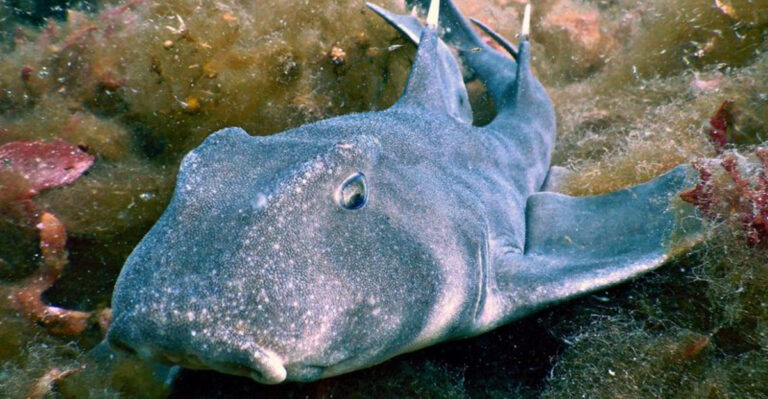Don’t Miss World Tapir Day: 15 Adaptations That Help Tapirs Survive The Wild
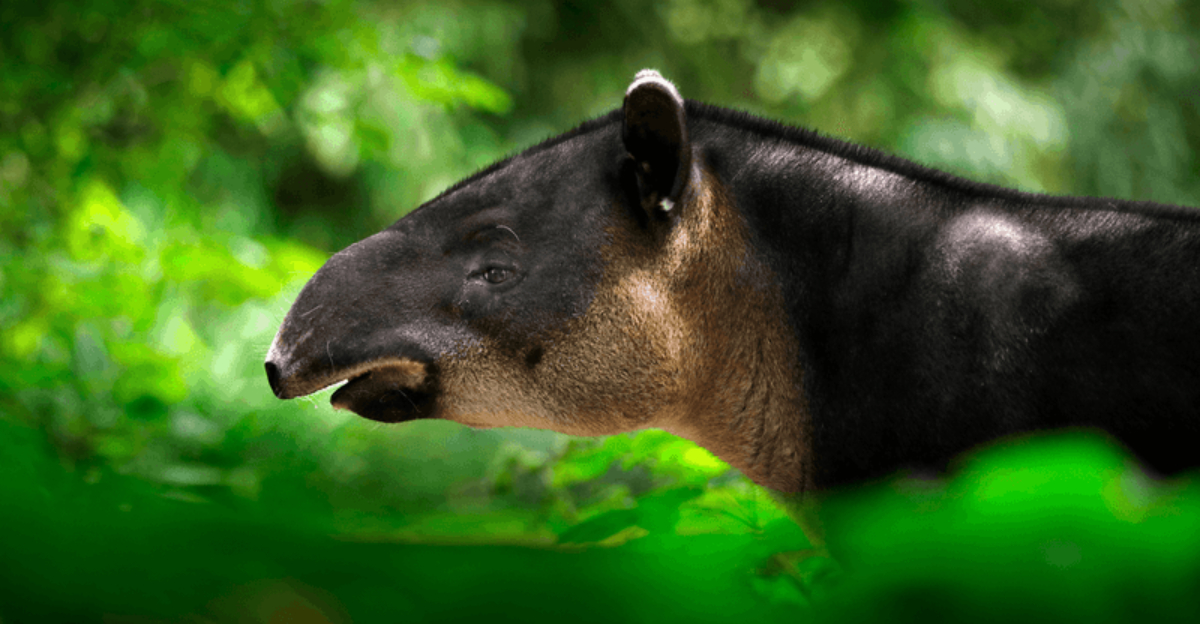
Imagine an animal with the nose of an elephant, the body of a pig, and the habits of a wallflower. That’s a tapir for you!
These fascinating creatures have developed some extraordinary adaptations that help them thrive in the wild.
Let’s celebrate their unique traits and learn how they manage to survive and flourish in their natural habitats.
1. Underwater Navigator
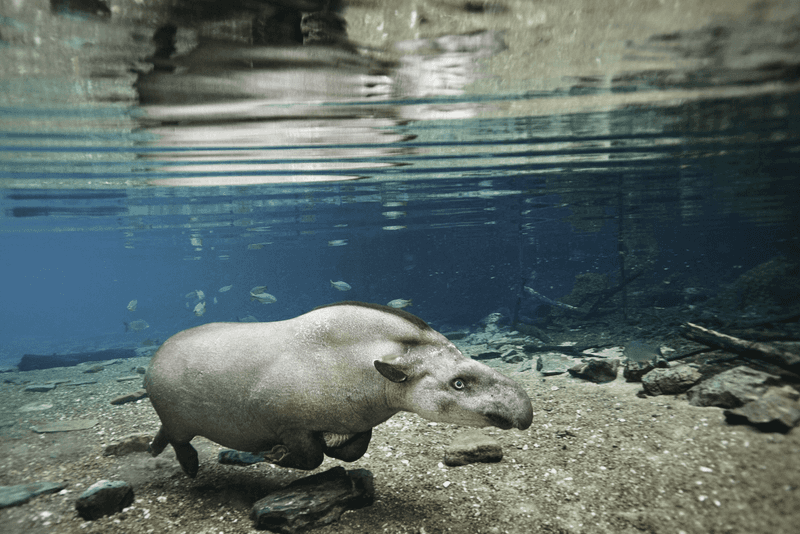
Tapirs are remarkable swimmers! With their flexible noses acting as snorkels, they can stay submerged to avoid predators. They use water not just for swimming, but also as a cool hideout from the sun’s blistering heat.
Their unique swimming skills allow them to explore and escape danger.
2. Camouflage Experts
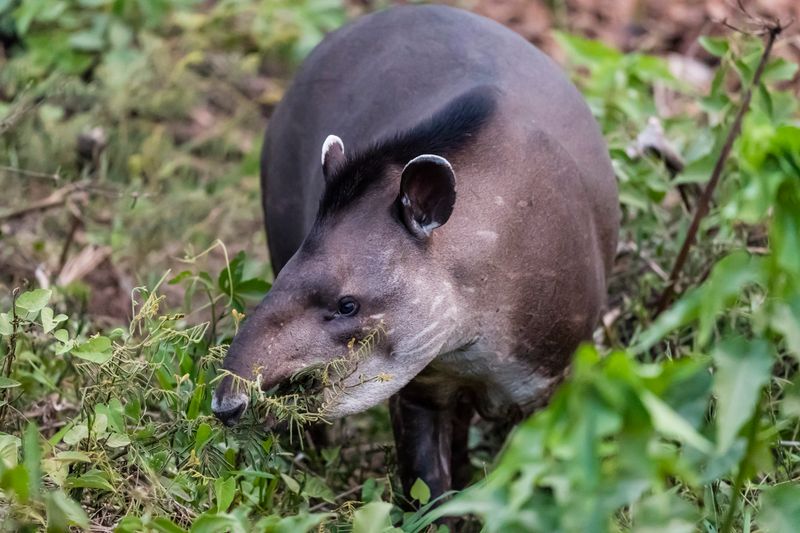
Their skin might remind you of a dark chocolate bar, perfectly suited for blending in with shadowy underbrush. Tapirs are masters of disguise, using their natural coloration to hide from predators.
Imagine the surprise of a predator expecting an easy meal, only to find empty foliage. It’s nature’s magic trick!
3. Solitary Wanderers
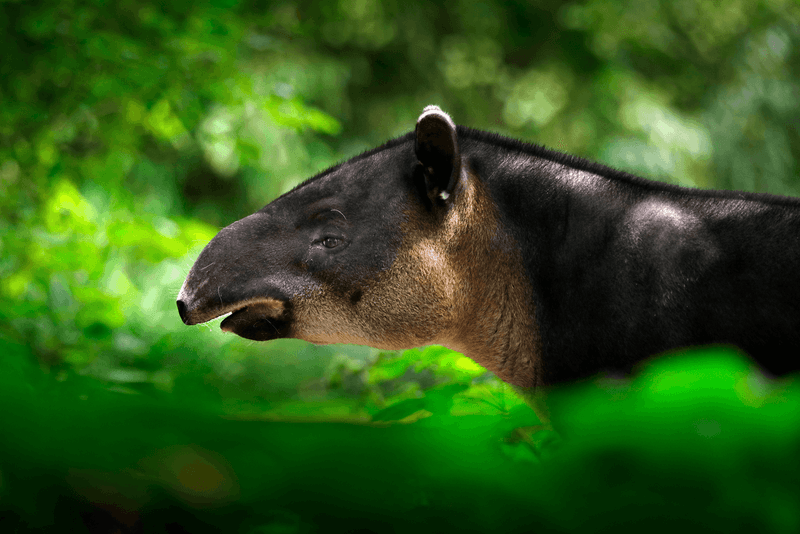
Tapirs are the ultimate introverts, preferring to wander alone. This solitary nature helps them stay undetected by predators.
Their quiet, solitary strolls make them the ninjas of the jungle, silently moving through the trees without drawing attention. It’s a lifestyle of peace, quiet, and survival.
4. Sensitive Ears
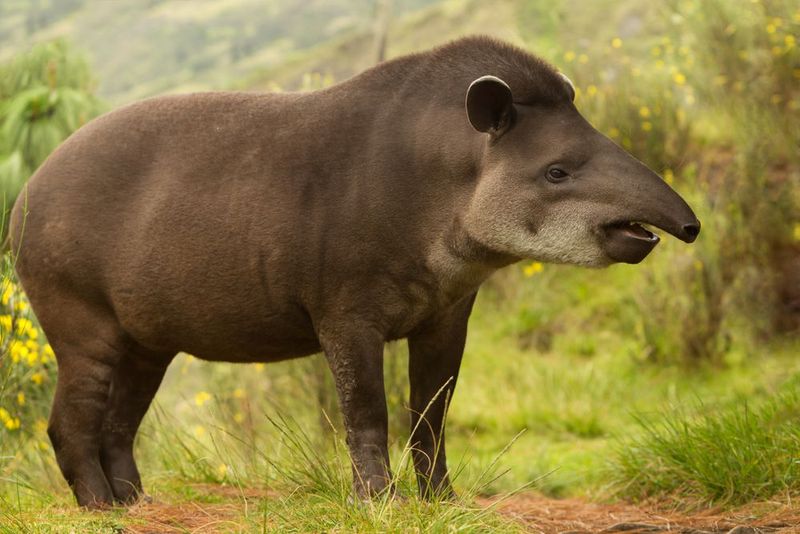
Ever noticed those big, flappy ears? Tapirs have an acute sense of hearing. They can pick up on the slightest rustles in the jungle.
It’s their early warning system against lurking predators. Their ears are like nature’s radar, always scanning.
5. Flexible Snout
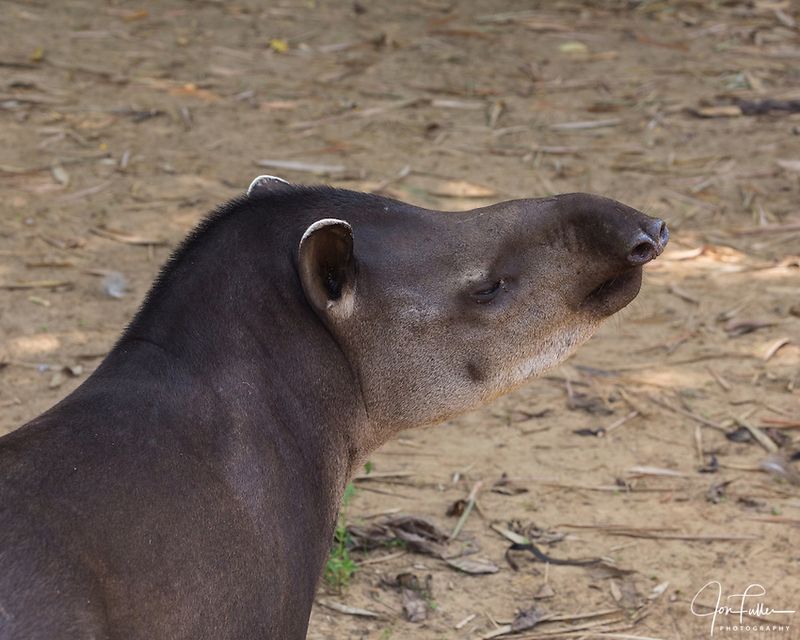
Think of their nose as a Swiss Army knife! Tapirs have a flexible snout that helps them grab leaves and fruits.
This built-in tool is perfect for foraging without climbing or jumping. Their handy snout is not just for feeding but also for sensing the environment, like a built-in GPS guiding them to the yummiest treats.
6. Thick Skin
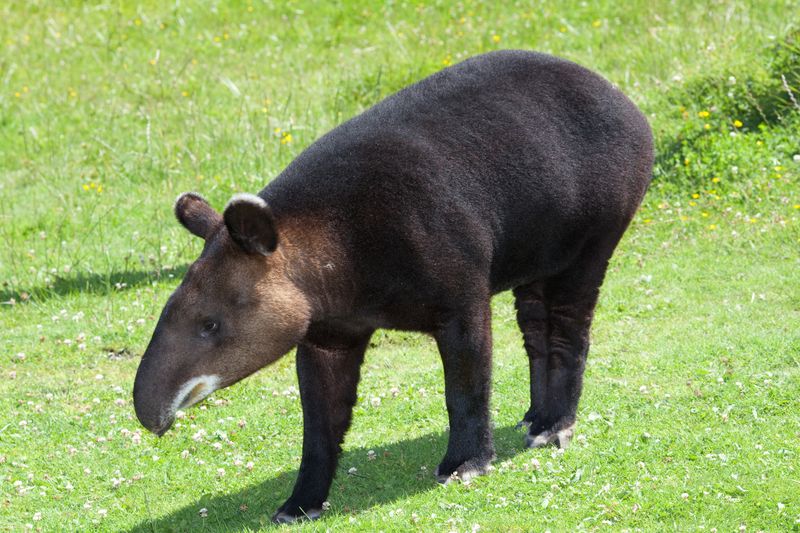
Tapirs boast thick, tough skin that’s not just for looks. It’s like wearing nature’s armor, shielding them from bites, scratches, and the harsh elements of the wild.
Their skin folds help them navigate through dense forests without injury.
7. Night Vision

Tapirs are creatures of the night! Their eyes are adapted for dim light, allowing them to forage and move around in darkness.
Their ability to see well in low light makes nighttime the perfect time for a tapir escapade, slipping under the radar.
8. Mud Bath Enthusiasts
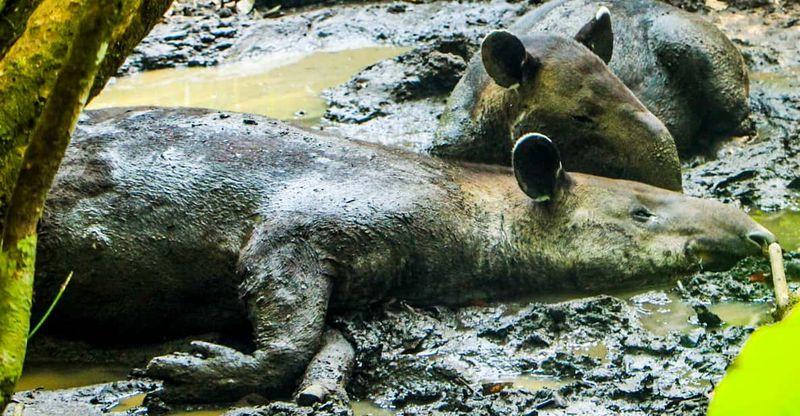
Who doesn’t love a good mud bath? Tapirs use mud to cool off and ward off pesky insects.
Their love for mud is a clever tactic to stay comfortable and protected.
9. Sturdy Legs
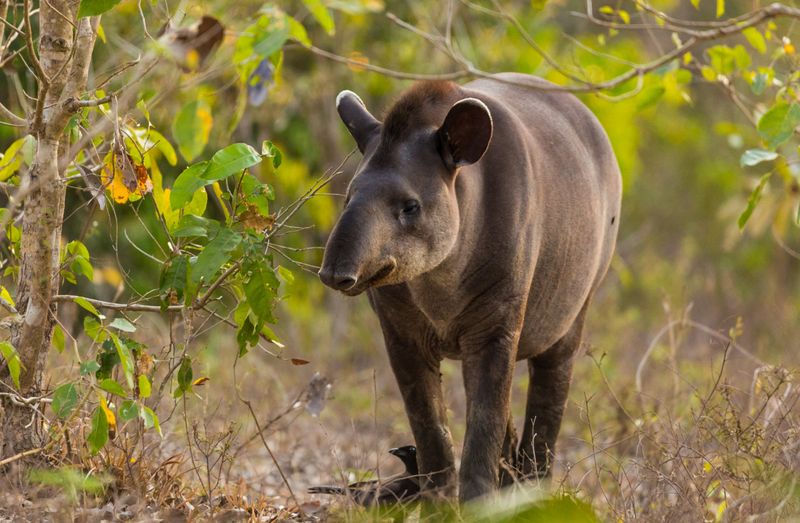
Built more for endurance than speed, those legs help tapirs navigate tough terrains with ease. Winning races isn’t their goal, but they excel at trudging through dense forests and uneven ground.
With solid limbs that carry their hefty frames, they show that determination often outpaces quickness.
10. Keen Sense Of Smell
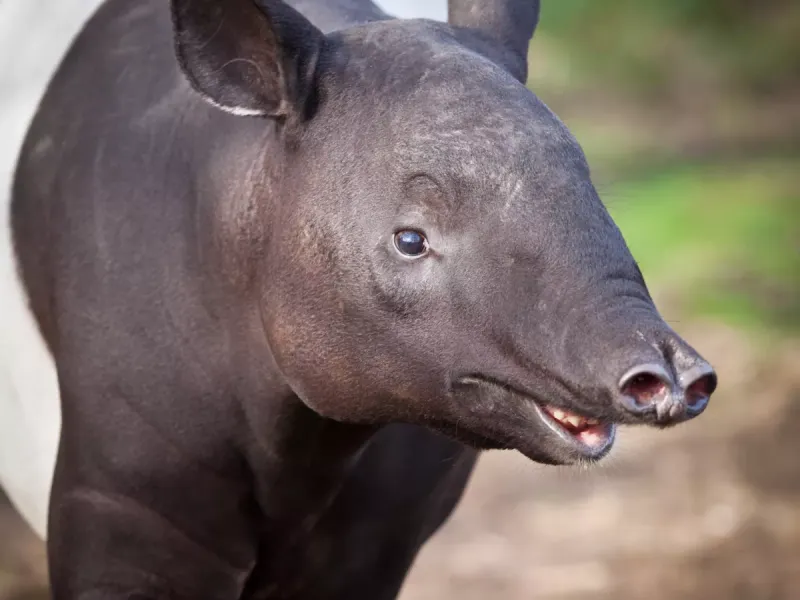
Tapirs have a nose for nature! Their keen sense of smell helps them locate food, detect predators, and even communicate.
It’s their way of staying one step ahead, using their nose as a guide to survival.
11. Adaptable Diet
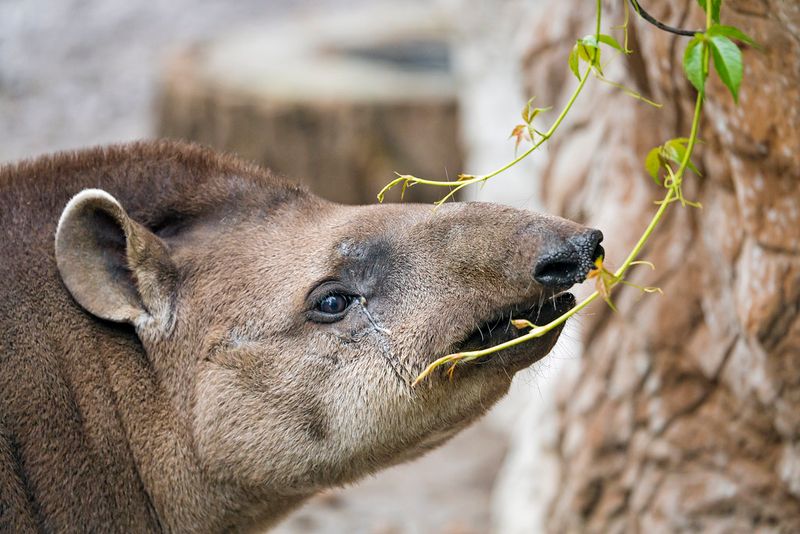
Tapirs aren’t picky eaters. Their diet includes a variety of plants, fruits, and leaves, making them the buffet lovers of the wild.
This adaptability helps them survive in different environments.
12. Silent Communicators
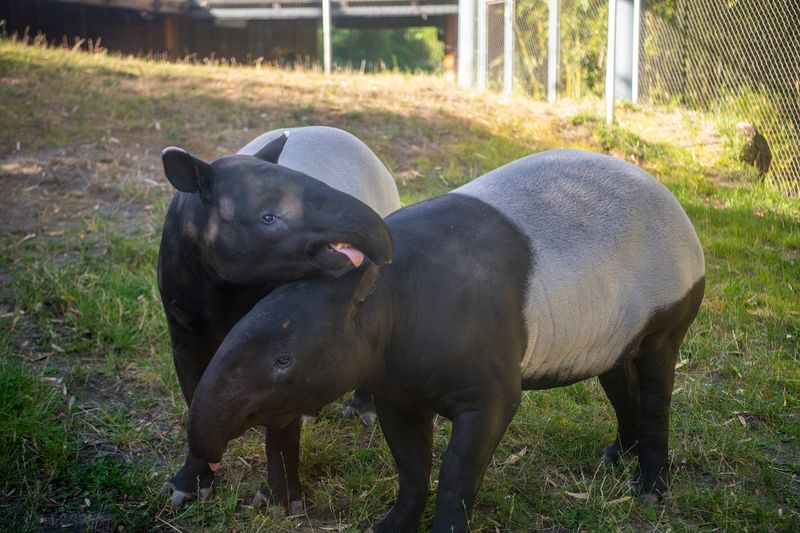
Quiet sounds and subtle gestures are how these elusive creatures share their thoughts. Like two close friends swapping secrets, tapirs rely on gentle nudges and soft squeaks to stay connected.
Such low-key communication keeps them under the radar, safely hidden from nearby predators.
13. Natural Swimmers
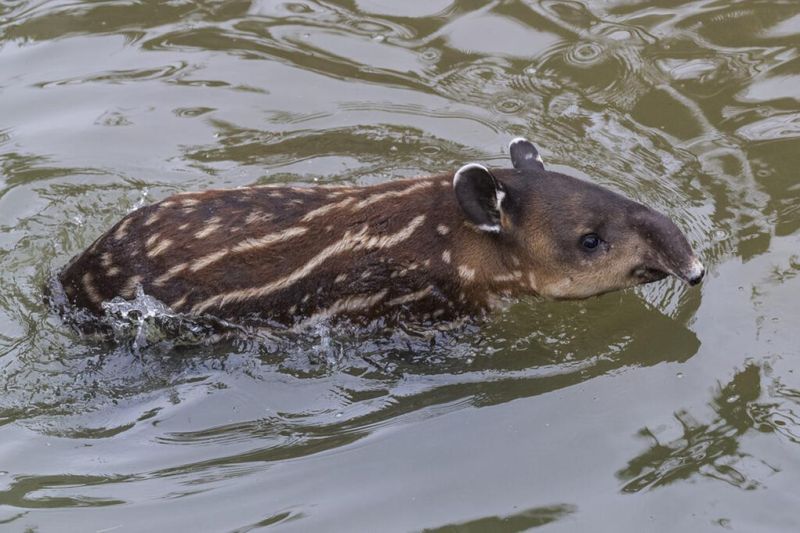
Tapirs are born swimmers, easily navigating rivers and lakes. Their bodies are streamlined for water, making them graceful swimmers.
Swimming provides exercise and an escape route from danger. It’s their way of blending fun with functionality in nature.
14. Quick Learners
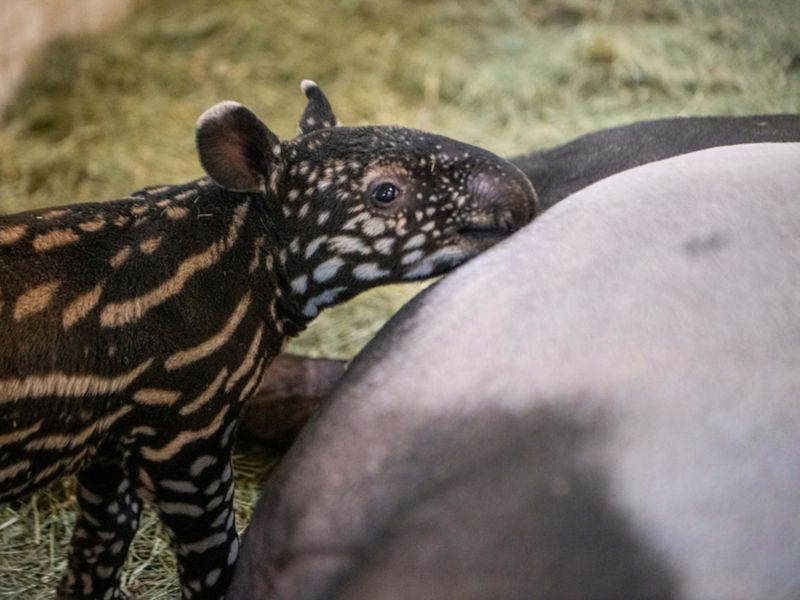
Tapirs are fast learners, quickly adapting to their surroundings. Their intelligence helps them understand and respond to changes, making them savvy survivors.
This adaptability ensures they thrive, no matter what challenges arise. It’s nature’s way of keeping them prepared.
15. Protective Mothers

Mother tapirs are the ultimate guardians, fiercely protective of their young. This protective nature ensures the survival of the next generation, teaching them vital skills and keeping them safe.
It’s maternal instinct in its purest form, nature’s nurturing embrace.





